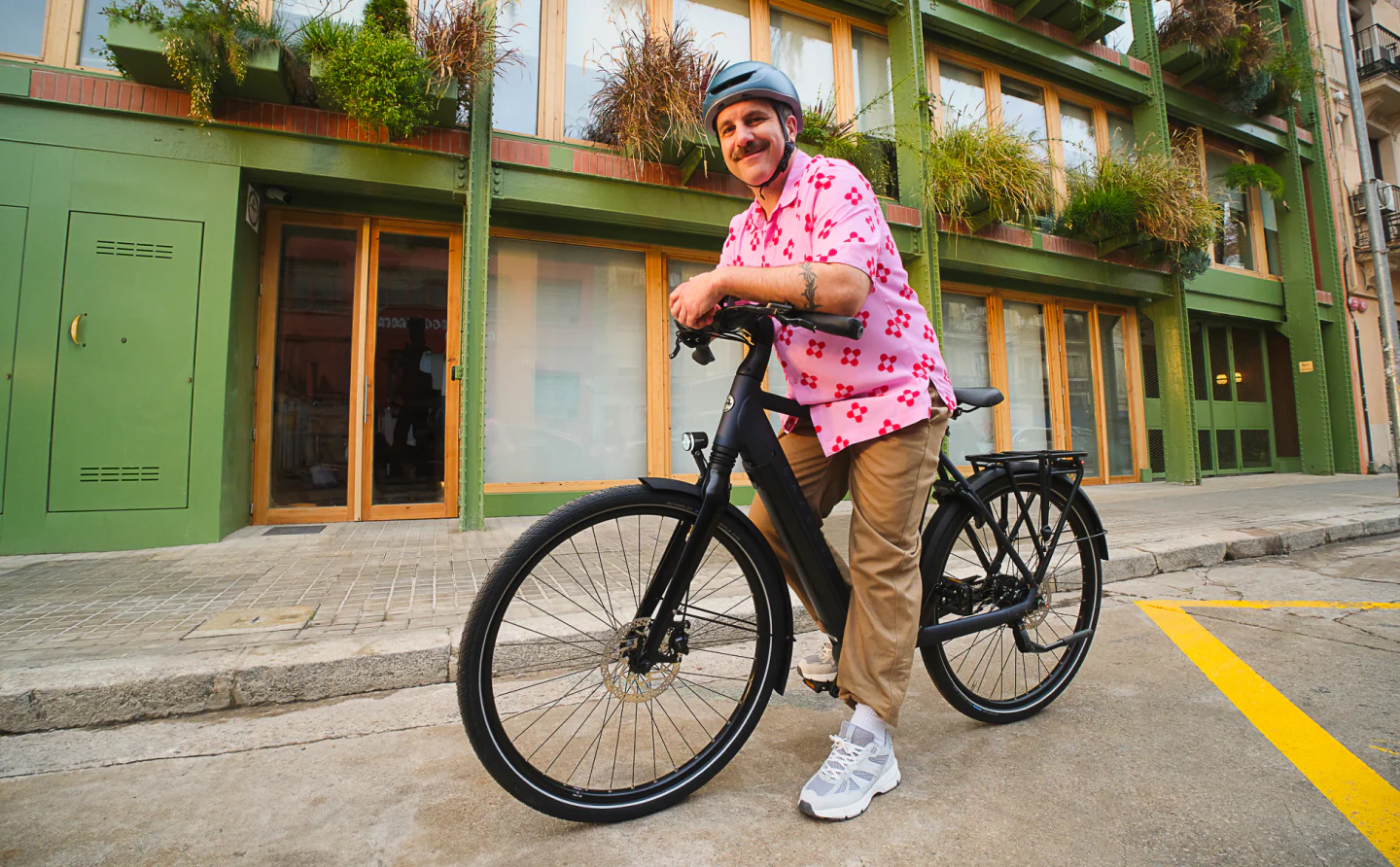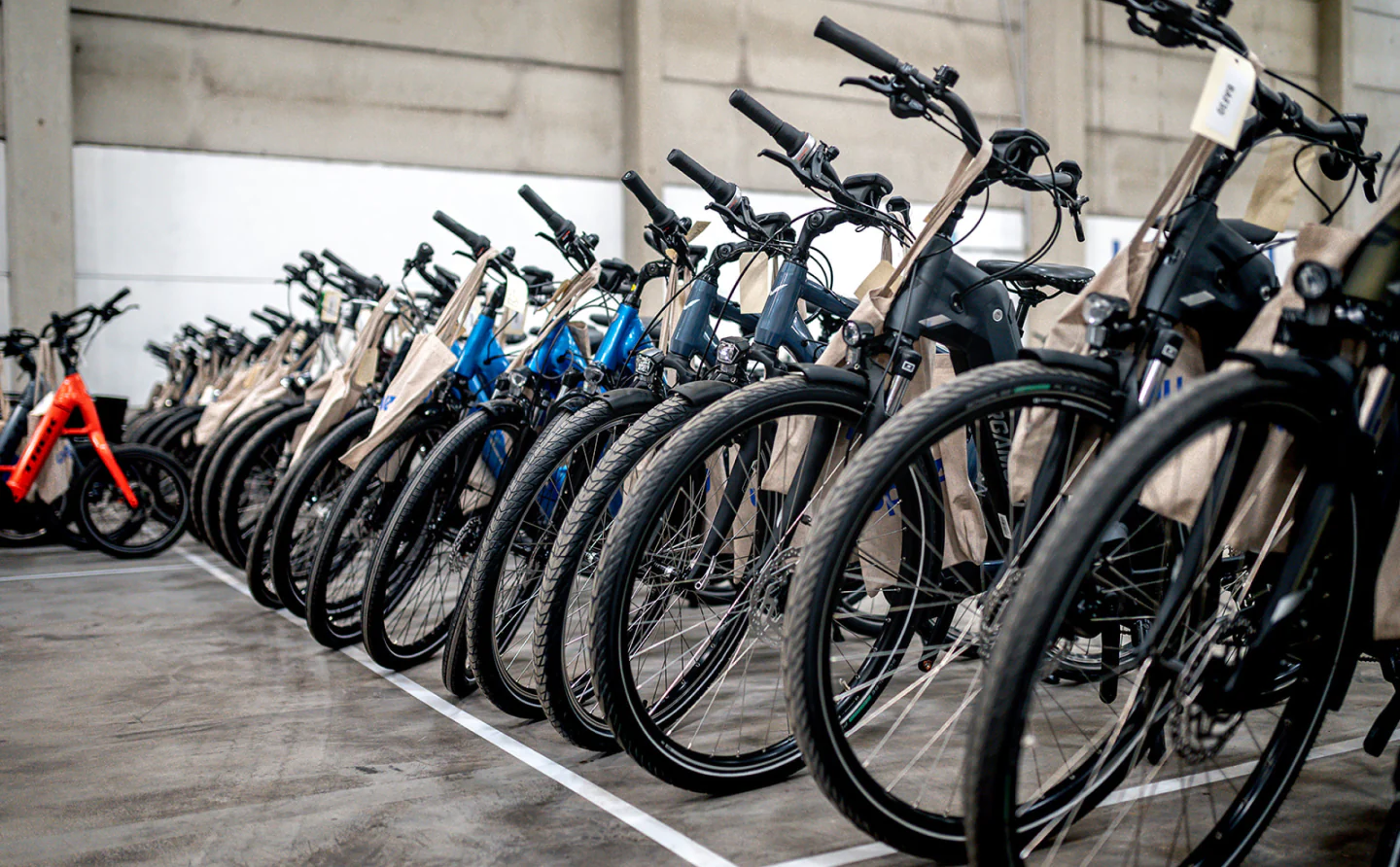Experts from the Midwest and West Coast have collaborated on an unprecedented battery combination.
The research team, including scientists from the University of Chicago and the University of California San Diego, has created what it calls the world's first anode-free sodium solid-state battery.
"Although there have been previous sodium, solid-state, and anode-free batteries, no one has been able to successfully combine these three ideas until now," UC San Diego doctoral candidate Grayson Deysher, the paper's first author, said in a lab report. "Sodium solid-state batteries are usually seen as a far-off-in-the-future technology."
TCD Picks » Upway Spotlight
💡Upway makes it easy to find discounts of up to 60% on premium e-bike brands
When typical batteries operate, lithium ions move between the anode and cathode through a substance called electrolyte. While reliable and effective, the materials inside are costly and hard to gather. Lithium-ion packs also have a fire risk associated with overheating or short circuits, though they are rare — a gas car fire is actually more common.
The Chicago/San Diego research tackles safety and other concerns on three fronts.
First, sodium is an abundant, cheaper, and well-analyzed material to use inside power packs. The experts reported that while lithium is available at 20 parts per million in Earth's crust, sodium's population is 20,000 parts per million. It's also in abundant seawater.
Secondly, solid-state power packs replace liquid electrolytes with a firm substance, providing "benefits in power and safety," as noted by Popular Mechanics.
The Chicago/San Diego team made its solid-state battery possible in part by making a current collector with a twist. It's a "solid that flows," made from aluminum powder. It surrounds the electrolyte, in reverse to other designs. This technique fixed some operational issues with the battery type.
"The powder was densified under high pressure to form a solid current collector while maintaining a liquid-like contact with the electrolyte, enabling the low-cost and high-efficiency cycling," as described by the researchers.
Thirdly, removing the anode reduces the amount of expensive materials required inside the battery, making it more affordable, per the Chicago/San Diego lab summary. The result is higher energy storage and cell voltage.
In summary, using abundant materials and better chemistry has provided a more affordable, environmentally friendly, safe, and powerful pack — key boxes to check when powering electric vehicles and other tech.
It's part of an effort to quickly advance power storage to transition to cleaner, renewable energy, reducing the amount of heat-trapping air pollution that medical experts cite as a detriment to human health.
The good news is that the switchover is well underway with ever-improving batteries. Cox Automotive reported that a record 1.2 million EVs were sold in the U.S. last year. Each one prevents thousands of pounds of air pollution when compared to a gas-guzzling car. That's not to mention the significant savings motorists gain by eliminating fuel costs.
Now, the Chicago/San Diego team is pursuing patents for its breakthrough, which demonstrated stable operation through hundreds of cycles during testing.
"To accomplish our mission of decarbonizing our economy, we need several hundred terawatt hours of batteries," Chicago Professor Y. Shirley Meng said in the summary. "We need more batteries, and we need them fast."
Join our free newsletter for easy tips to save more and waste less, and don't miss this cool list of easy ways to help yourself while helping the planet.






